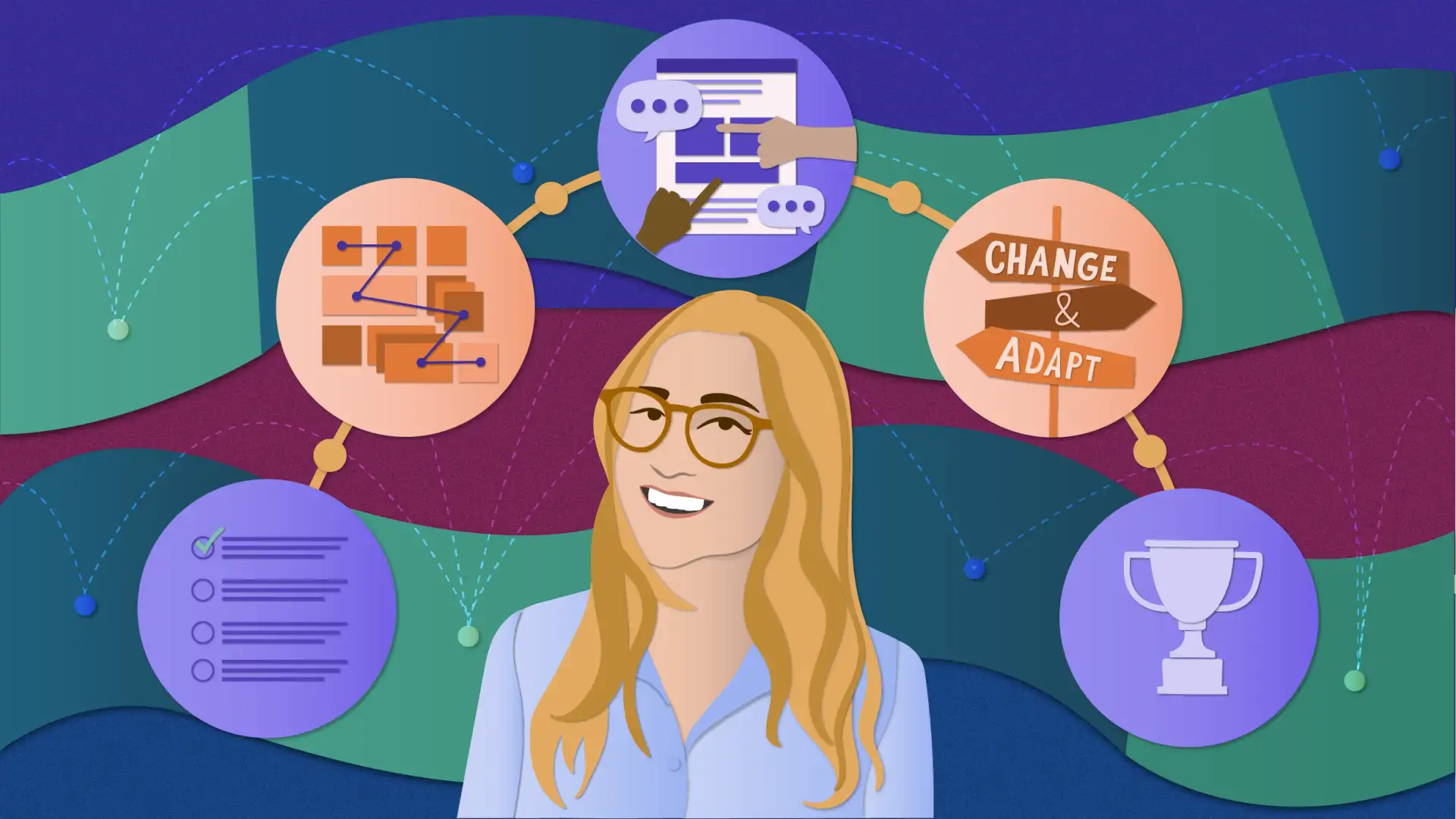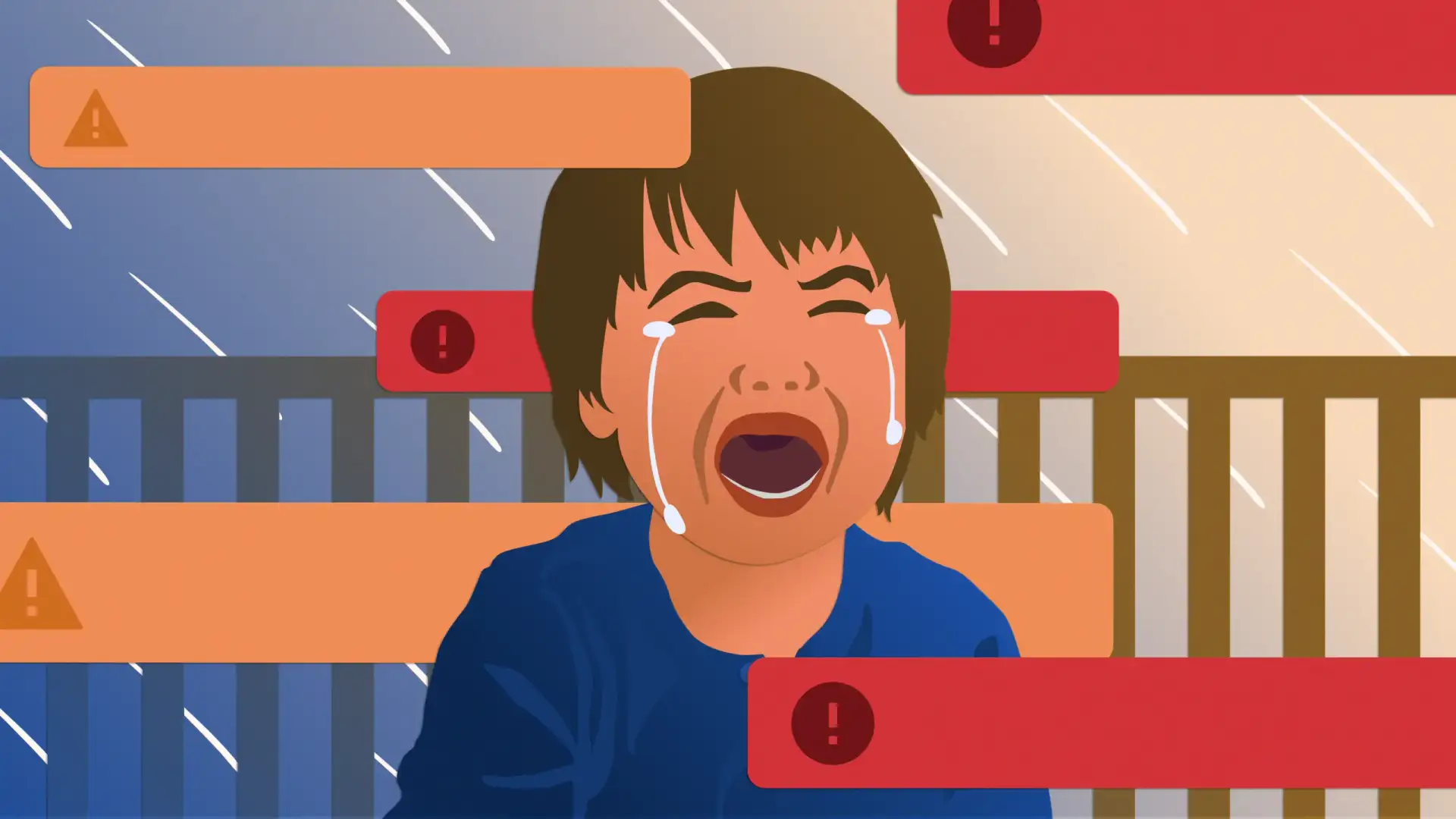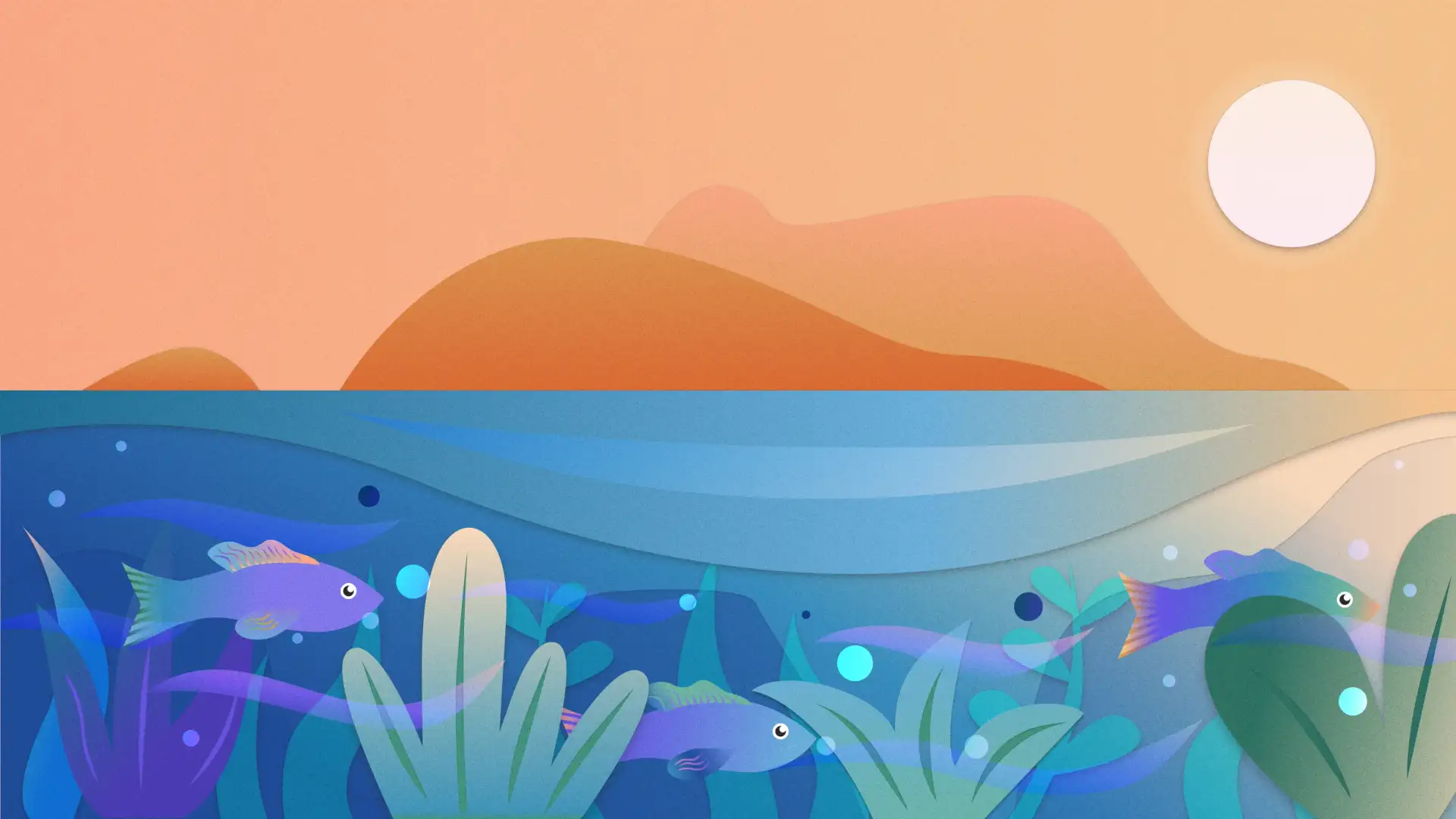What does it take to get to a senior level as a content designer? Flawless audit spreadsheets? A slew of certifications? Numerous literary awards? No, no, and no—thank goodness.
I was promoted to senior UX content designer at Indeed for a few specific, tangible reasons. Reaching the next level shouldn’t feel like an impossible feat. That’s why I’ve collected some of the most memorable lessons I learned along the way to my senior role that I hope will help you, too.
Reminder: these are tips that come from my own personal experience and there’s no one-size-fits-all approach that works for everyone. Regardless, I hope my notes from the field will help inspire your own plan to be proactive about your professional development.
Ok, let’s get started! Here are a few tips to demystify what it takes to be a successful senior content designer on a product team.
Start with a solid foundation
Becoming the designer I am today took practice, not perfection. What I’ve achieved all starts with my belief in myself, the clarity of my goals, and the relationships I build along the way.
Trust your curiosity
“What do you want to be when you grow up?” my third-grade teacher asked. I looked up at her in my ‘90s Oshkosh overalls and said with a brimming smile, “A content designer.”
Kidding.
Depending on the day, I wanted to be an archaeologist, a gymnast, a carpenter, or a zookeeper. I was curious about everything and stuck with nothing.
I still didn’t have a career plan when I graduated from university with a generic communications degree, but that allowed me to think openly about every opportunity that came my way. From an executive assistant to an eye care technician—my winding career moves gave me a wealth of experience and skills that I rely on heavily as a content designer. I learned how to work alongside and with many different types of people of all abilities under very unique circumstances.
Building trust starts with listening.
Now, in reality, it’s taken me years to think about my career this way. When first getting my foot in the door of UX content design, I struggled with self-doubt at every turn. It took encouragement from multiple mentors who told me, “Yes, you are a content designer” for me to believe it myself and start applying for roles with that official title.
To grow into a senior role, I had to let go of those voices of self-doubt and believe in myself and the quality of my work. I had to remind myself that my unique career path is my superpower, not my weakness. Embracing uncertainty and forging a path through intuition, problem-solving, and self-initiated learning has been a fundamental part of my career growth.
Define success
Goal-setting is a skill I’m still working on. It’s easier for me to focus on the work in front of me rather than on my overall career goals. Luckily, Indeed is full of inspiring and supportive people who, from my first day, encouraged me to work toward promotion to a senior level.
Also lucky for me: Indeed clearly defines the path from a mid-level to a senior content designer. Our rubrics outline the possible routes for career progression. They include detailed examples of what impact looks like at each level. And consistent feedback in regular performance reviews helps me understand how my work stacks up against this rubric so I can easily pinpoint areas for improvement.
You might not have these resources, and that’s OK. Here are a few questions I use to categorize and measure my work:
- What’s my impact? This is hard data. Did your work directly move the needle on a strategic initiative?
- How do I leverage my resources? This is how you helped drive momentum while ensuring quality and cohesion along the way.
- Did I add value to collaborations? Make a record of how you helped build bridges and elevate the work through facilitation.
- How do I benefit my users? Consider your contribution to the experience and document the ways you make it consistent, useful, and accessible.
Whether you’re freelancing or in-house, entry-level, or a lead—define what success looks like for your role. Start by focusing on the metrics your team cares about most and what aspects of your performance are being evaluated. Ideally, you learned this when you landed the job and took some essential steps to set yourself up for success. If not, meet with your manager or leadership to get a clear sense of what it means to be successful each week, month, quarter, or year.
Work beyond the words
In the last few years, content design has gained visibility in the product world. But as the first content designer to join my product team, I had to build trust and win over other disciplines, leaders, and stakeholders.
Building trust starts with listening. I had to listen and gain insight into the state of my product and its users. What I heard about their challenges became my opportunity to demonstrate the value of content design that would make a direct, positive impact on the issues they were focused on. This made more of a difference than an audit, journey map, or any one artifact alone could have done.
Curiosity is your superpower. But left to roam wild, it can easily lead you down a rabbit hole.
This foundation of team trust, innate curiosity, and clear goals set me up to work toward promotion to a senior level. To get there, I had to develop my collaboration skills as much as my craft.
Own your scope of impact
As I built trust, my scope of impact expanded and allowed me to demonstrate my ability to work at a senior level. This milestone meant I was discovering ways that content can drive my team’s business goals. In product teams, these goals are called objectives and key results (OKRs).
Hypothesize before you strategize
A good hypothesis combines an understanding of the content with clear metrics you believe you can move. When working toward a senior content design role, I had to pitch my ideas like a PM to get them taken seriously. This meant getting comfortable analyzing data and using it to stress test my ideas early on.
In my first six months with the team, I found I had consistently over projected the impact of my ideas. I spent weeks creating a set of page types that I was certain would have a significant impact. The pages made logical sense. In user testing, they were perceived as hypothetically useful by every participant.
—
Is this article helpful? Subscribe to get occasional emails with new stories like it.
—
There was just one problem I overlooked: The volume of traffic expected would never be significant enough to justify the engineering effort. I could have avoided this if I had clearly grasped what the term “statistically significant impact” meant for my product area.
I didn’t give up and got better at discerning the big bets from the small ones. Over time, this led to more informed hypotheses and better experiments. I began to build a body of highly impactful work and accelerate toward a senior level.
Interpret data with care
Curiosity is your superpower. But left to roam wild, it can easily lead you down a rabbit hole. How we interpret data matters as much as the numbers do.
Content work is people work.
I help my team guard against misinterpreting data in ways that might distract from what’s important. I hone these skills when I practice making sense of research, and listen in on cross-functional meetings to help discern if the team is on a constructive path that can lead to measurable impact.
Shape product structure
Words make the product experience. There’s an enormous opportunity to scale the impact on content design by looking below the surface of the experience.
Layers of the user experience
- Foundation: Words align user needs and business objectives and translate them into clear project goals.
- Core: Goals are translated into content requirements, and models made of words form the information architecture of the experience.
- Surface: Words on the surface help users understand, navigate, and make the most of a product.
To start thinking bigger than individual features, I partner with my UX designer to define the overall vision of our product. Are the user needs and business goals aligned with that vision? What strategies are in place to help us move toward that vision, and how are they working? The words I choose at this layer won’t be seen by users but will shape their experience through new strategies and tactics defined by our team.
A clear vision, defined user needs, and relevant business objectives provide a compass to guide recommendations for structural improvements in my product experience. For example, my product team aligned around a vision to support users in three specific stages of their careers. We redesigned our navigation to match this vision, cutting the number of primary navigation items in half as a result, and as a result, we saw a dramatic increase in click-through rate. It was a strong reminder that driving clarity across the team can quickly translate into a better user experience.
Influence at a senior level
Content work is people work. On my path to a senior content role, I transitioned from contributing to conversations to leading them.
Content doesn’t start and stop within a particular team or project. As a senior content designer, I bridge the gaps across teams. Investigating the structural integrity of your product is a good place to start. Look for patterns between the content and work from teams across your organization. Opportunities are likely hiding there.
On the flip side, where silos exist, broken user experiences likely do too. On my product alone, three sub-teams run experiments at any given time. To prevent siloed work, we meet weekly to share updates and mitigate redundancies.
As a content designer, I play an important role in identifying risks and opportunities using my understanding of our content, and where it overlaps with other teams at Indeed. By keeping up to date on content work across the organization, I keep my team two steps ahead of any potentially poor user experiences and scope out opportunities for cross-team collaboration.
You don’t have to be the most senior team member to have influence. Consistent impact, seasoned discernment, and a collaborative mindset build the trust needed to effect lasting change on your product.
Learn to adapt like a UX content pro
As I’ve become more senior, the responsibilities that I’ve taken on have also grown in size and complexity. Meanwhile, macro changes around the world and internal changes within my organization are always happening. These tricky times require me to regularly ask, “What’s next?” for my team and myself.
Navigate big change
Typically OKRs are set by your organization, or perhaps your team. Under normal circumstances, these goals remain consistent from year to year. Under normal circumstances, understanding how your team defines impact is simple.
But little about the ‘20s in the 21st century has seemed normal.
You may find yourself in the middle of a reorganization, shifting OKRs, and other tough-to-navigate circumstances. In these moments, I ask, “What’s the simplest way to progress toward our goal right now?” So I lead workshops that help my team answer this question. We assess our current state, evaluate impact, and adapt our strategy accordingly.
Change is difficult, but it’s not personal. Rather than dwell on uncertainty, I look for opportunities to help my team adapt when goals change.
Reset professional goals
I’m in charge of my career growth. After a year with my team, that’s as true now as it was on my first day. I hope you have leaders who encourage you to aim high. If not, don’t wait for others to define your career. The challenges you’ll face at the senior level will look different than a mid-level role. So be ready to reevaluate your goals when you get there.
Keep moving forward
“But, wait!” You might say, “Where are the auditing tips? The content model examples? The how-to Figma guides?” Truthfully, the artifacts you deliver on your journey to a senior role won’t add up to the difference you’ll make in the culture of your team or the impact on your product. There is no one, exact combination of deliverables that will lead to promotion.
Every product falls within its own constraints. We need curious, discerning, influential, and adaptable content designers who are ready to lead. Forge a path with these skills in mind, and watch out for those rabbit holes.





